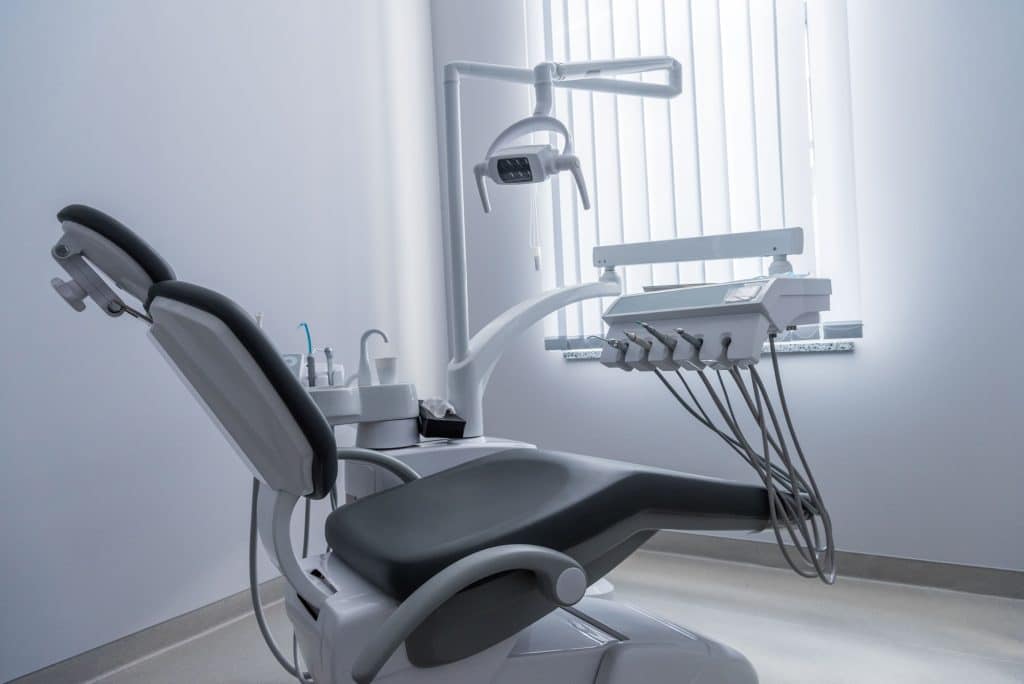
Access Videos
Access to the videos is via a subscription. A sample video is provided below for those who are not familiar with our training.
There is free access to dentists and dental practices that complete our Management of Medical Emergencies course each year. If you are a current customer and complete our medical emergency course each year, please contact us for your free ‘Training Bonus’ log in code.
The videos do not replace the experience of hands on practical training and are designed to provide foundational knowledge for the practice team.
View subscription optionsSample Video
“The Immediate Drill”
An unexpected emergency is when the physical condition of the patient obviously changes, and you cannot explain why.
Many clinicians fear being faced with an unexpected emergency. The fear is that they will either freeze, panic or make mistakes. This is a natural response to the unexpected, and it is easily overcome by using the immediate drill approach shown in the video below.
The immediate drill is a set of actions taken by the whole team when faced with an unexpected emergency. It is designed to break the inertia of indecision, initiate the immediate general care of the patient and provide the clinician with the time needed to form a view as to what is happening, and it shapes the team for further action.

Our videos are divided into four categories:
- Signs and Symptoms of a patient experiencing a medical emergency such as AMI (Heart attack), Angina (Chest pain), Cardiac Arrest, Poor perfusion, Fainting, Fitting, Hypoglycaemia (Low blood sugar), Stroke, Anaphylaxis, and Respiratory Distress.
- The Fundamentals of treatment such as “The Immediate Drill”, “The Deliberate Treatment”, “Observations on a patient” and Basic CPR.
- Team Scenarios on Stroke, Respiratory Distress, Hypoglycaemia, Fitting, Fainting, Cardiac Arrest, Angina, and Anaphylaxis.
- Equipment and medications used during a medical emergency including Oxygen equipment, Pulse oximeter, Nebuliser, Bag mask ventilator, Oropharyngeal airway device, LMA airway device, iGel airway device, Using an AED, Administering Nitrolingual spray medication, and injecting Adrenalin.
There is a separate video containing advice on the steps that need to be considered if the practice is providing, or is planning to provide IV Sedation.
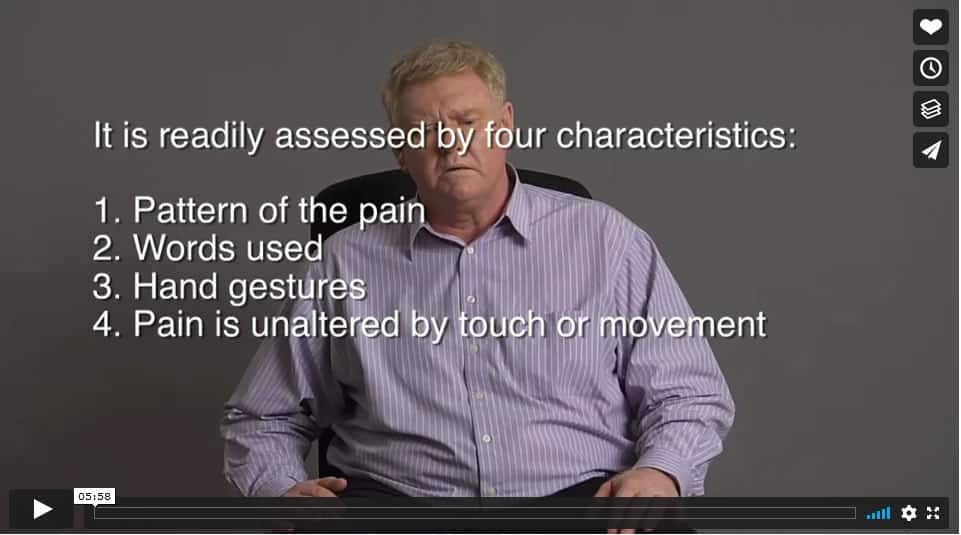
Signs and Symptoms
One of the concerns of many clinicians confronting the possibility of having to manage a medical emergency is how will I know it is an emergency? What will the patient look like? What can I expect to see and hear?
This set of videos is designed to show you how patients suffering the most common medical emergency conditions will appear from onset, through worsening presentation until death.
Access videosAccess to these videos requires an active subscription.
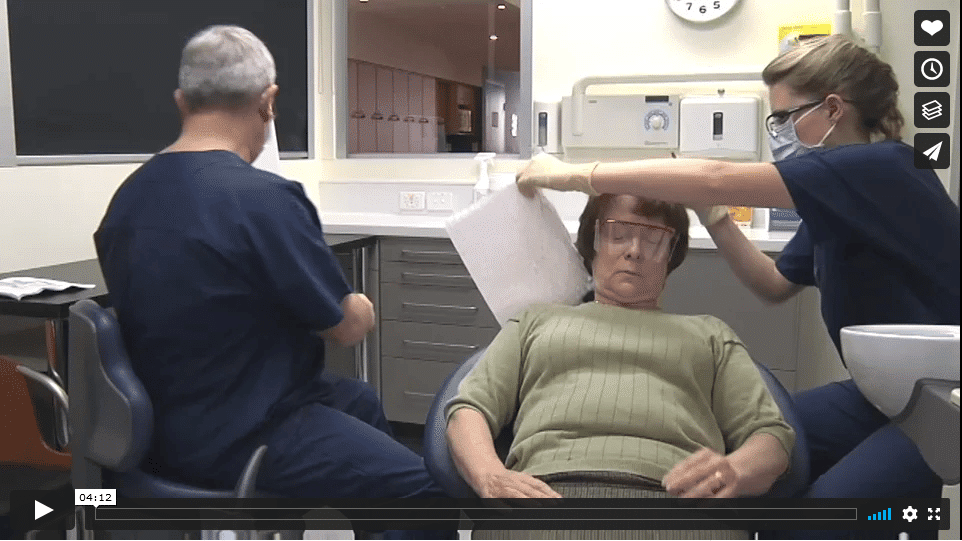
Team Scenarios
While physical practice of procedures are essential to learning what to do in an emergency this set of videos is designed to provide clinicians and their teams with demonstrations and descriptions of how to manage a medical emergency in the practice. The way the patient presents. The fundamental steps taken. The response of the whole team and their roles. Then the application of the individual procedures to the patient and the coordination of the team.
Access videosAccess to these videos requires an active subscription.
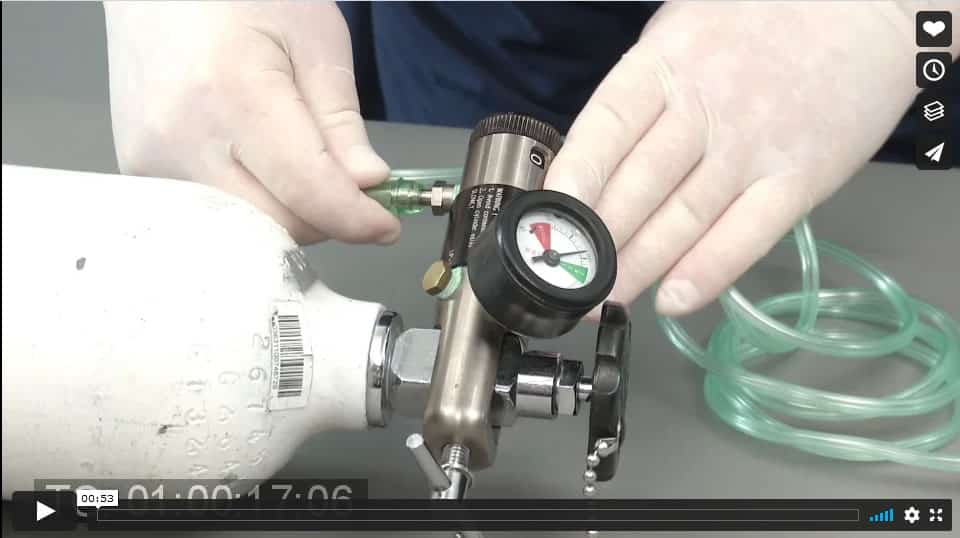
Equipment and Medications
In this section, the videos take you through the use of the equipment you have on site or which is similar to it. It is designed to refresh the memory following training and as a means of inducting new staff to the equipment, so they can support their team in an emergency even though they may not have undertaken the formal training yet.
Access videosAccess to these videos requires an active subscription.
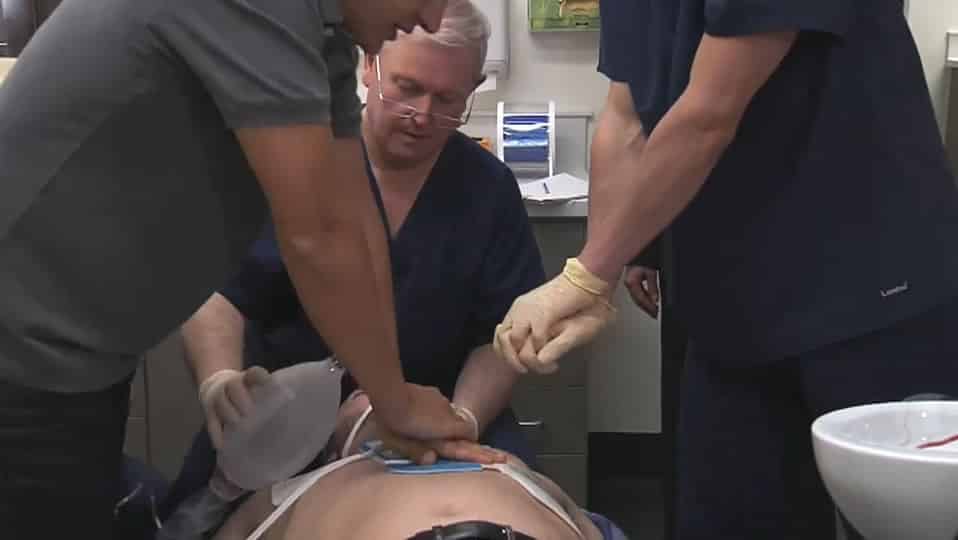
The Fundamentals
In this section, we review the basic first aid approach to resuscitation that you are already well conversant with. However, it doesn’t hurt to review it again.
Access videosAccess to these videos requires an active subscription.
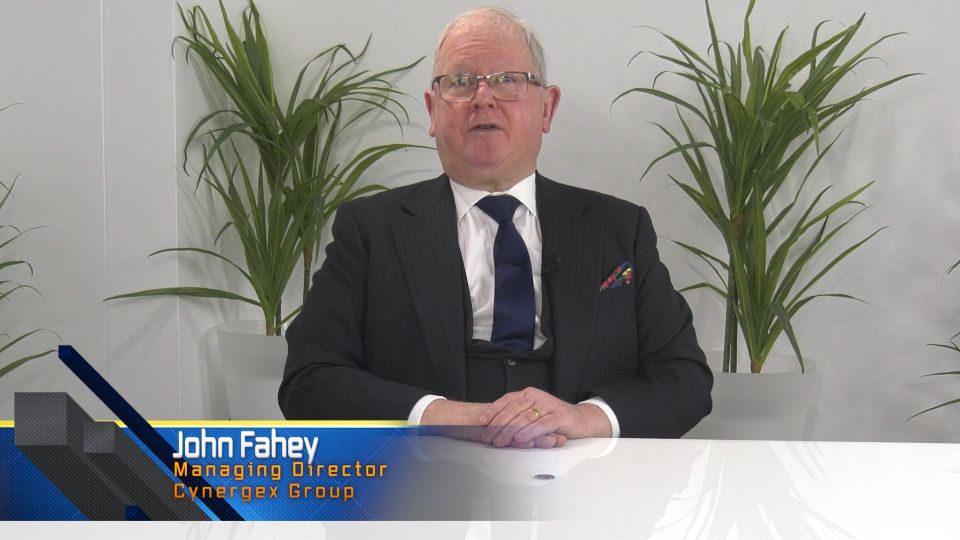
IV Sedation
This video provides a risk assessment process to assist practitioners who may be considering introducing IV sedation into their practice. IV sedation is an important part of dental practice and more and more practices are considering introducing it. This short video covers the four essential elements in providing safe IV sedation. One, deciding how far you want to go with sedation, two, selecting a good IV sedationist, three, selecting the patient, and four, staying within the scope of the sedation that you have agreed at point one. We hope you find this useful.
Access videosAccess to these videos requires an active subscription.

